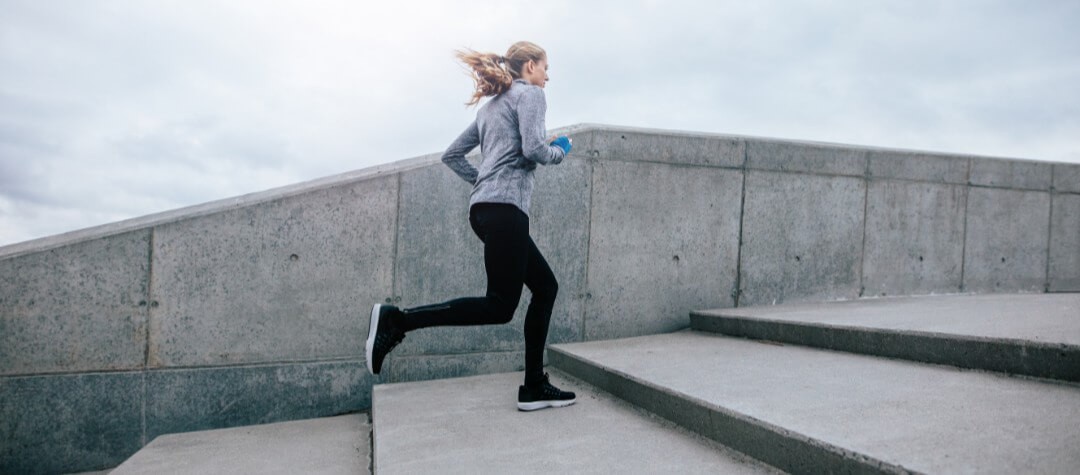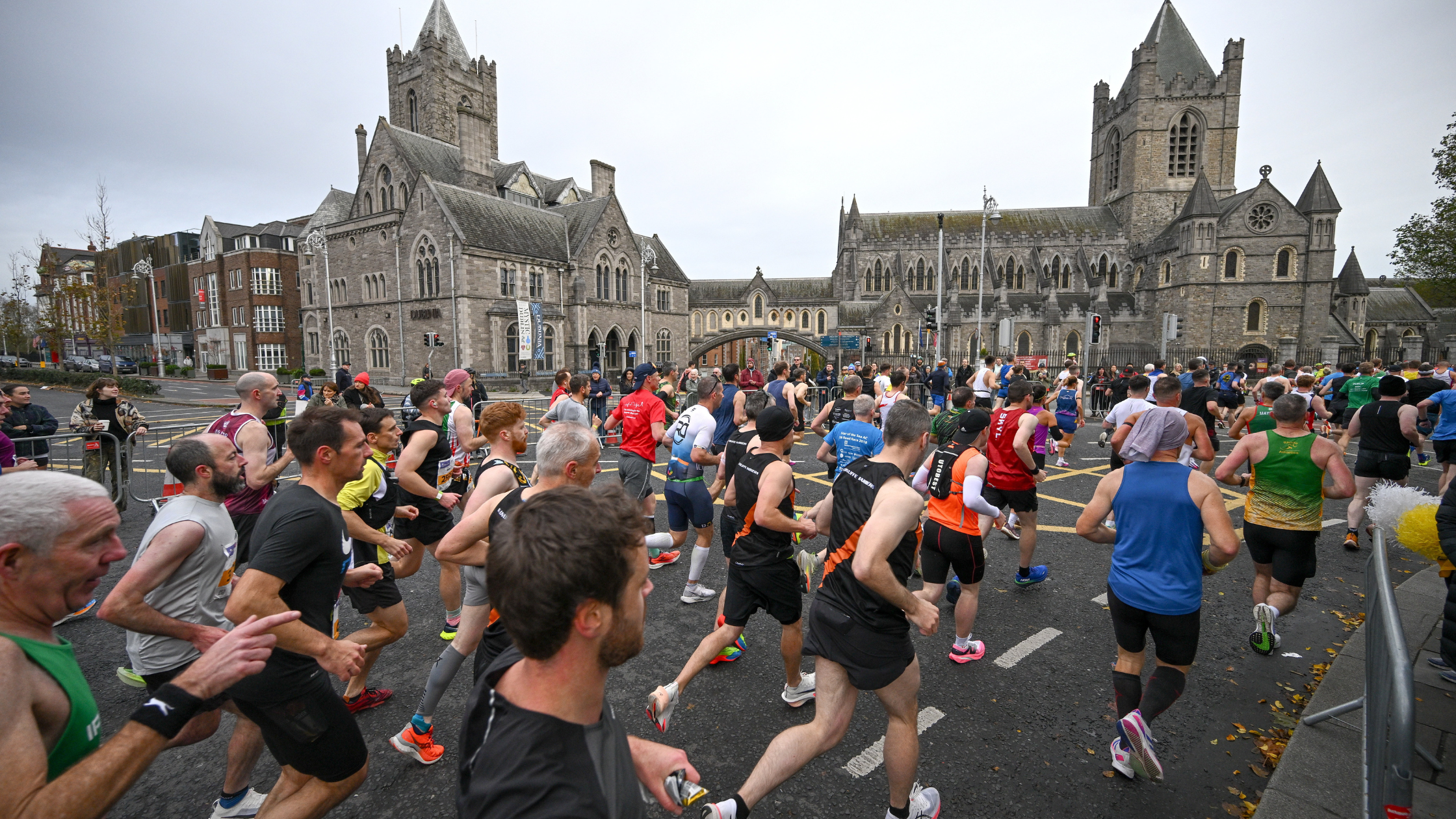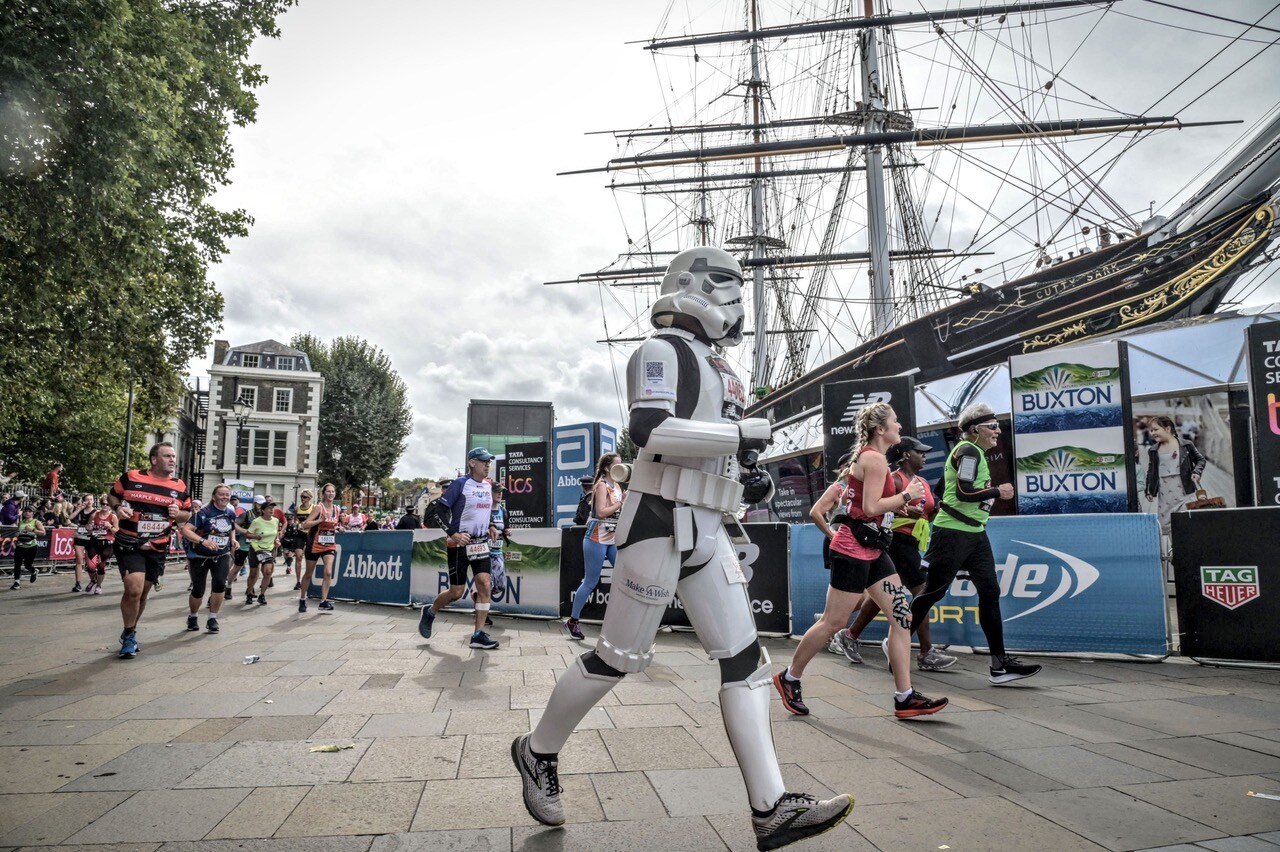The benefits of improving your posture whilst running are pretty significant; you improve your biomechanical efficiency, your ability to breathe effectively and decrease your risk of injury. However, changing your posture requires time and patience as our postural habits are deeply ingrained, and as runners we always revert back to poor posture or form as we start to fatigue.
Most importantly, improving your posture must be done gradually. Your muscles, tendons, ligaments and bones are used to loading in a certain way. Therefore if you make sudden and drastic changes this becomes an injury risk in itself.
Remember that very few runners run with 'textbook' posture; we are all built slightly differently anatomically and move in different ways. However, a few small tweaks can make a huge difference.
Very few runners run with 'textbook' posture: we are all built slightly differently anatomically and move in different ways.
Here are some of the most common running posture problems and how you can work on fixing them.
Rounded shoulders
Many runners have tight pectoral (chest) muscles, leading to rounded shoulders. This is often due to spending hours each day working at a computer. If your shoulders are rounded, the chances are that you are not using your arms as efficiently as you could, and you are almost certainly limiting the expansion of your rib cage, meaning that you are not using your full breathing capacity.
To open out your chest and to push your shoulders back, you should start with some stretching for your pectoral muscles. The easiest way to do this is to use a doorframe. Stand at an open door with your hands on the doorframe, elbows bent so the forearms are flat against the frame. Allow your body to lean into the open door, feeling the stretch in the chest and front of the shoulders.
Verbal cues can also be a helpful reminder to hold the correct posture.
Tense shoulders
As fatigue starts to kick in, it's very common to tense your shoulders. This is partly because the muscles around the core of your body (the abdominal, back and hip) are tiring and you therefore start to stabilise by raising your shoulders. Once again, if you do this you are not able to use your arms to propel you forward as efficiently.
The easiest short-term solution to relax your shoulders whilst running is to shake out your arms by your side for a few seconds every mile. This can help to release some of the tension. You can also use a verbal cue or reminder such as thinking about keeping your neck "long".
In the long term, it would help to work on your core stability so that the muscles in your abdominals, hips and back are able to help stabilise for longer without fatiguing.
Sitting in your hips
Sitting in your hips is a postural crime and is often due to the 'f' word again...fatigue! As your core and glute muscles start to tire, the tendency is to 'sit' in your hips rather than holding yourself tall. This can reduce your power output per stride and can potentially increase the load on your lower back.
Again, verbal cues can serve as useful reminders when you are running. Think "tall" and imagine that somebody is pulling you up out of your hips by a piece of string attached to your head.
Lordotic spine
Lordosis is a postural defect, which means that you have an excessive curve in your lumbar spine or lower back. Essentially your lower back curves inwards more than it normally would. It is usually caused by an imbalance in the muscles around the pelvis and the spine, and is often more pronounced in runners when, yep, you guessed it, they start to fatigue.
The best long-term solution for lordosis is to address the muscle imbalance. This means strengthening the muscles around the lower back and pelvis, which are weak (abdominals, obliques, hamstrings and gluteus maximus), and stretching the muscles that are strong but tight (hip flexors and lower back).
In the short term, you should think about some verbal cues such as "tucking your behind under your pelvis".















